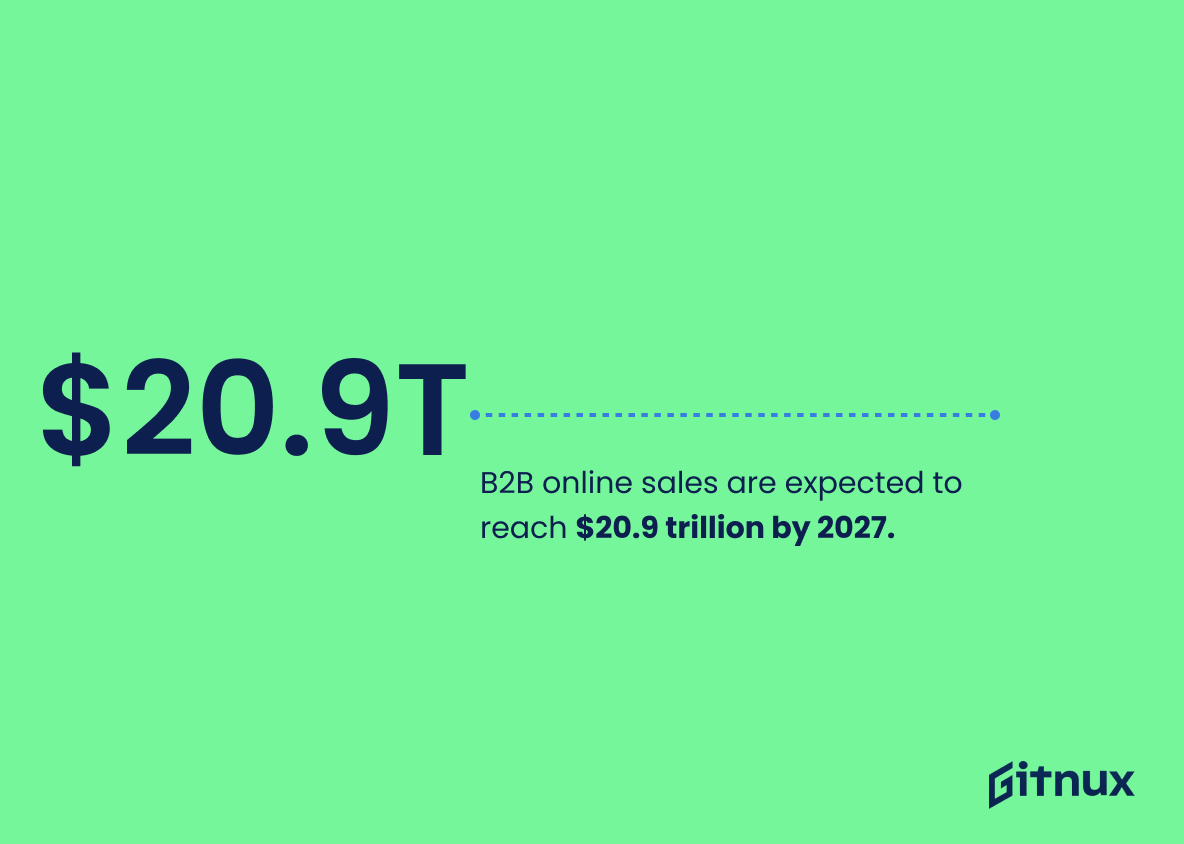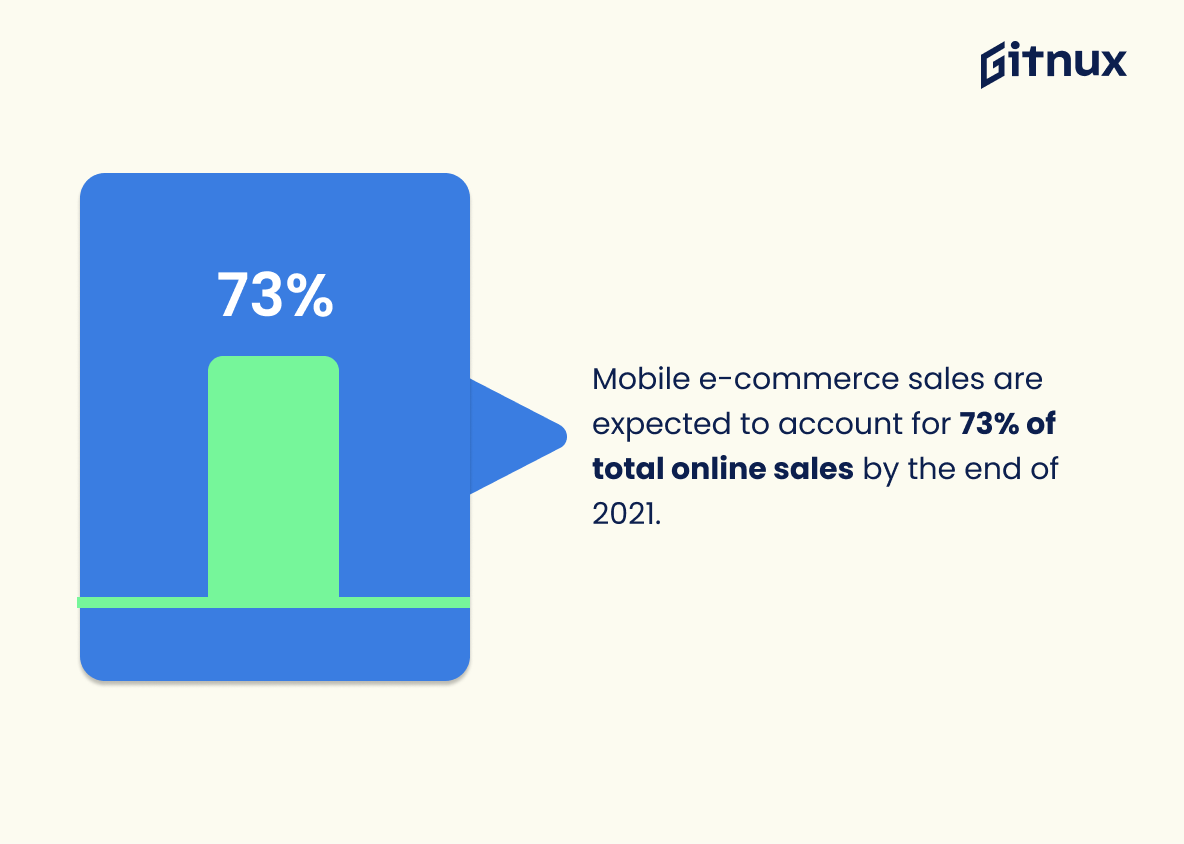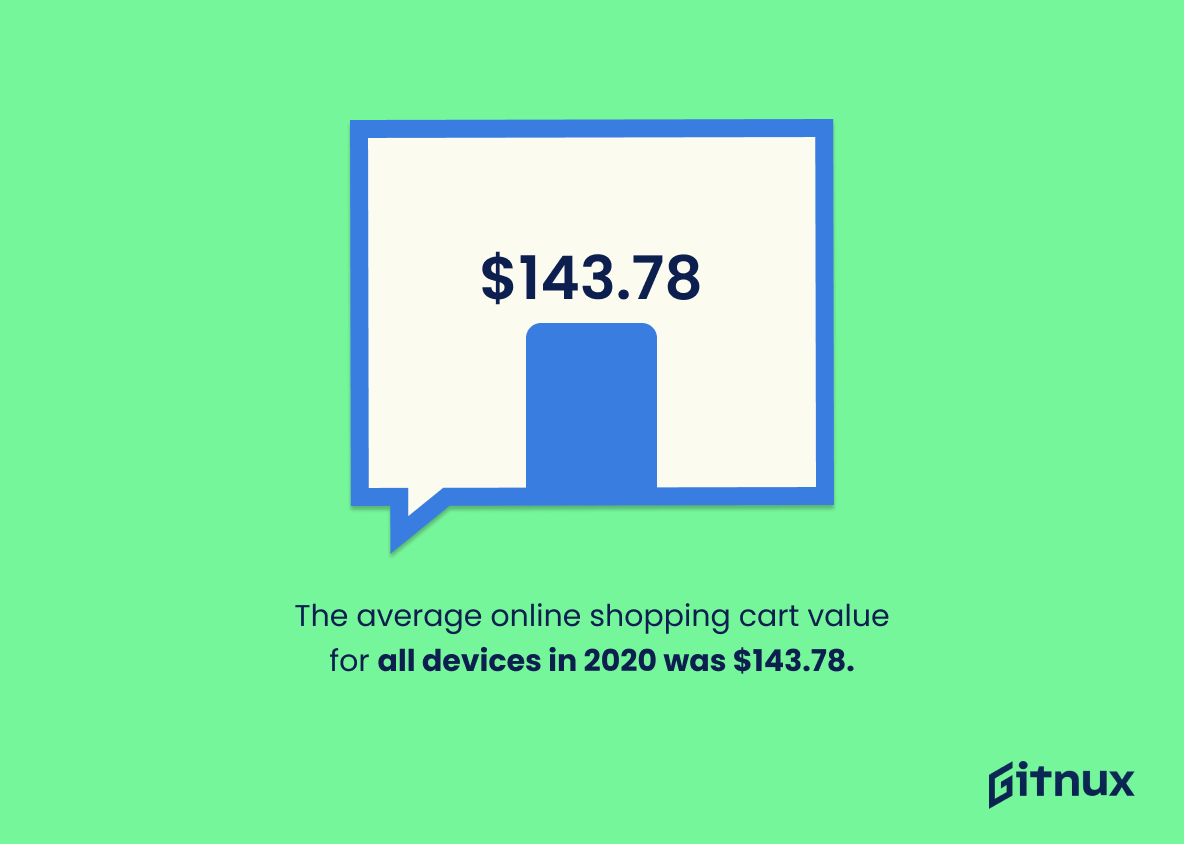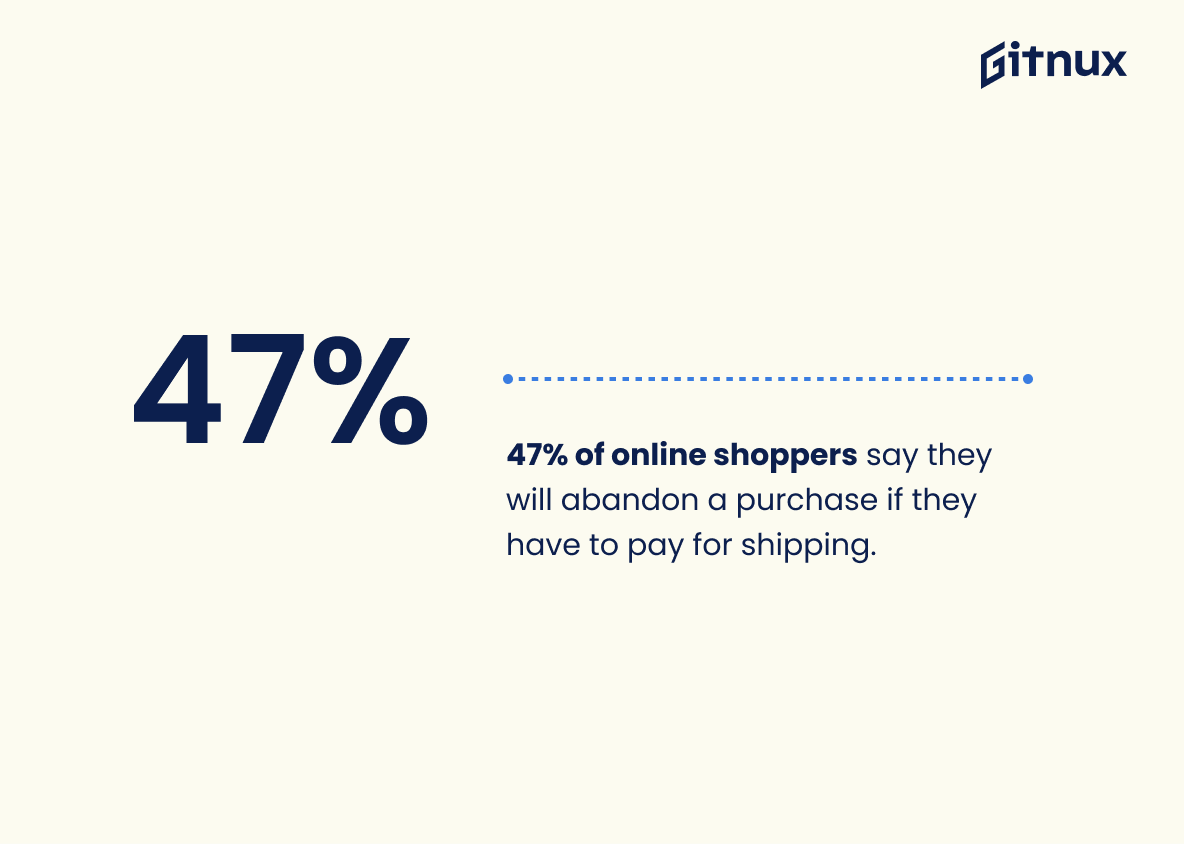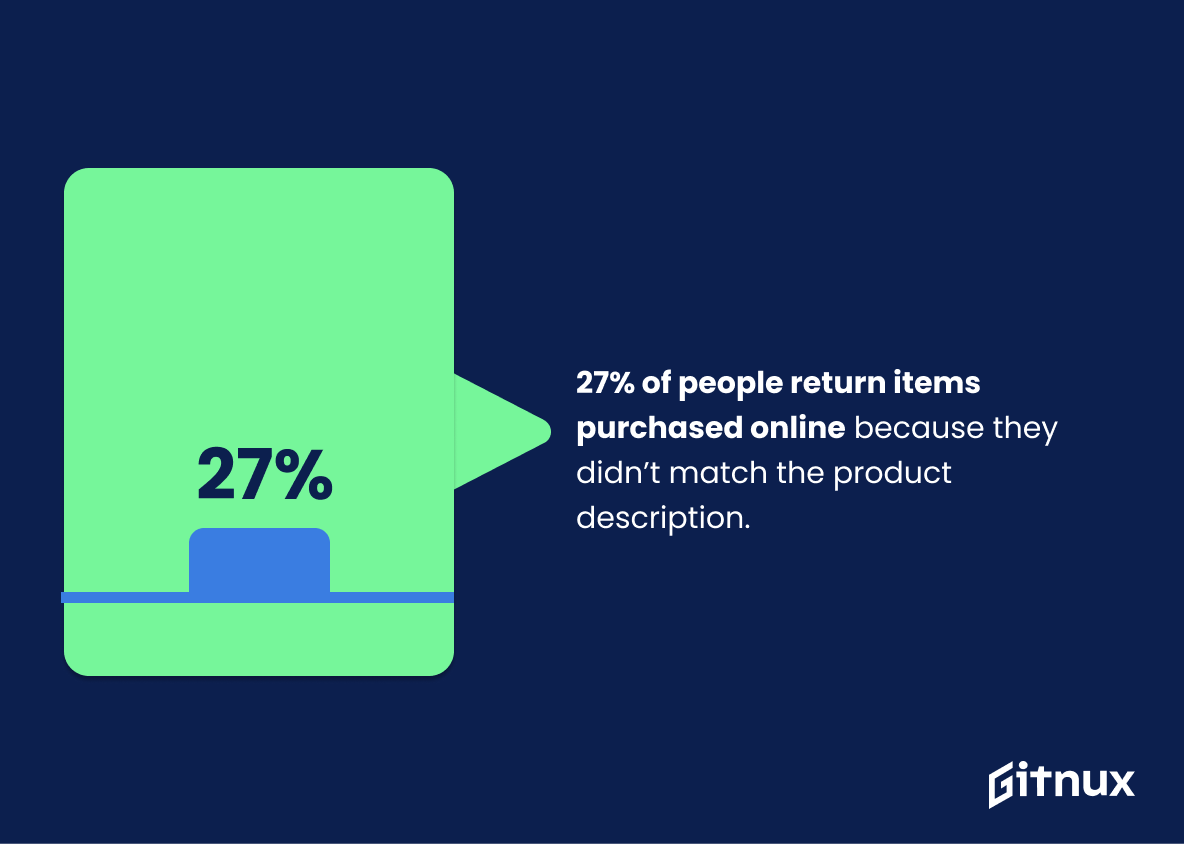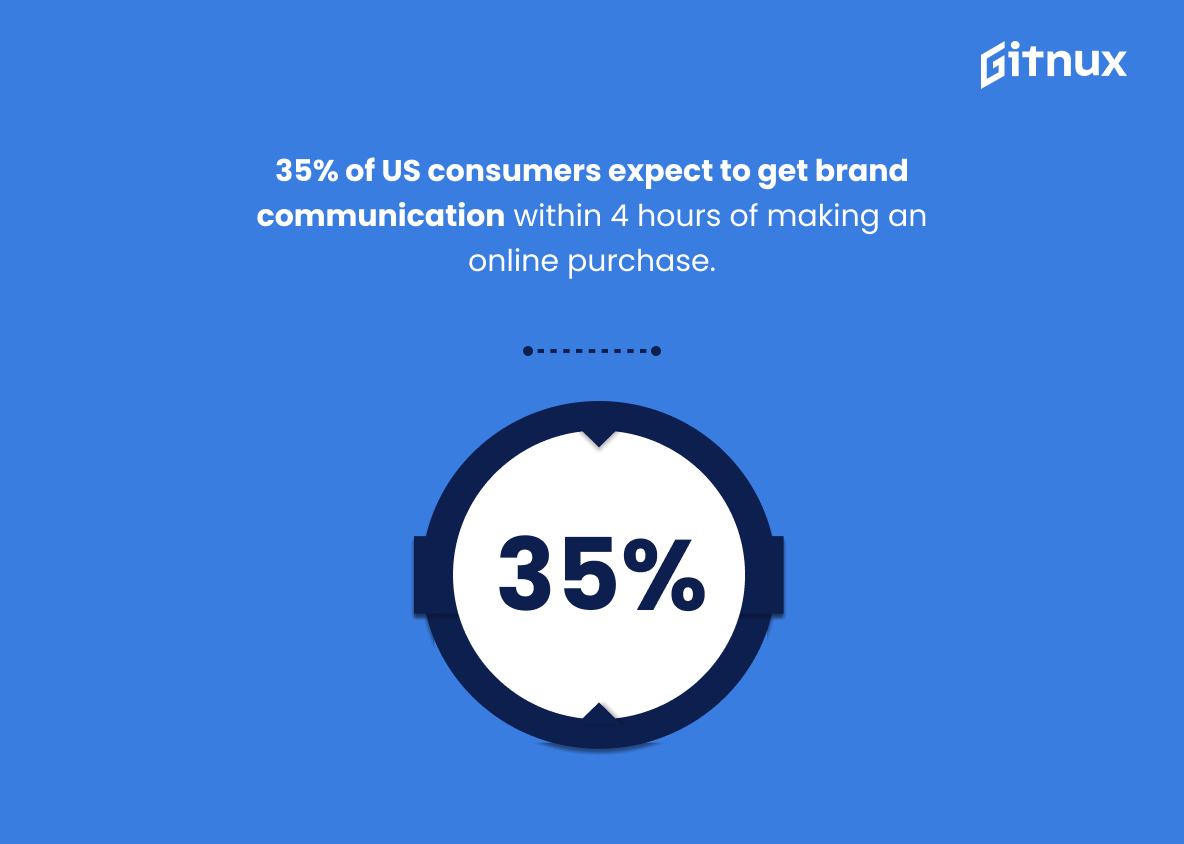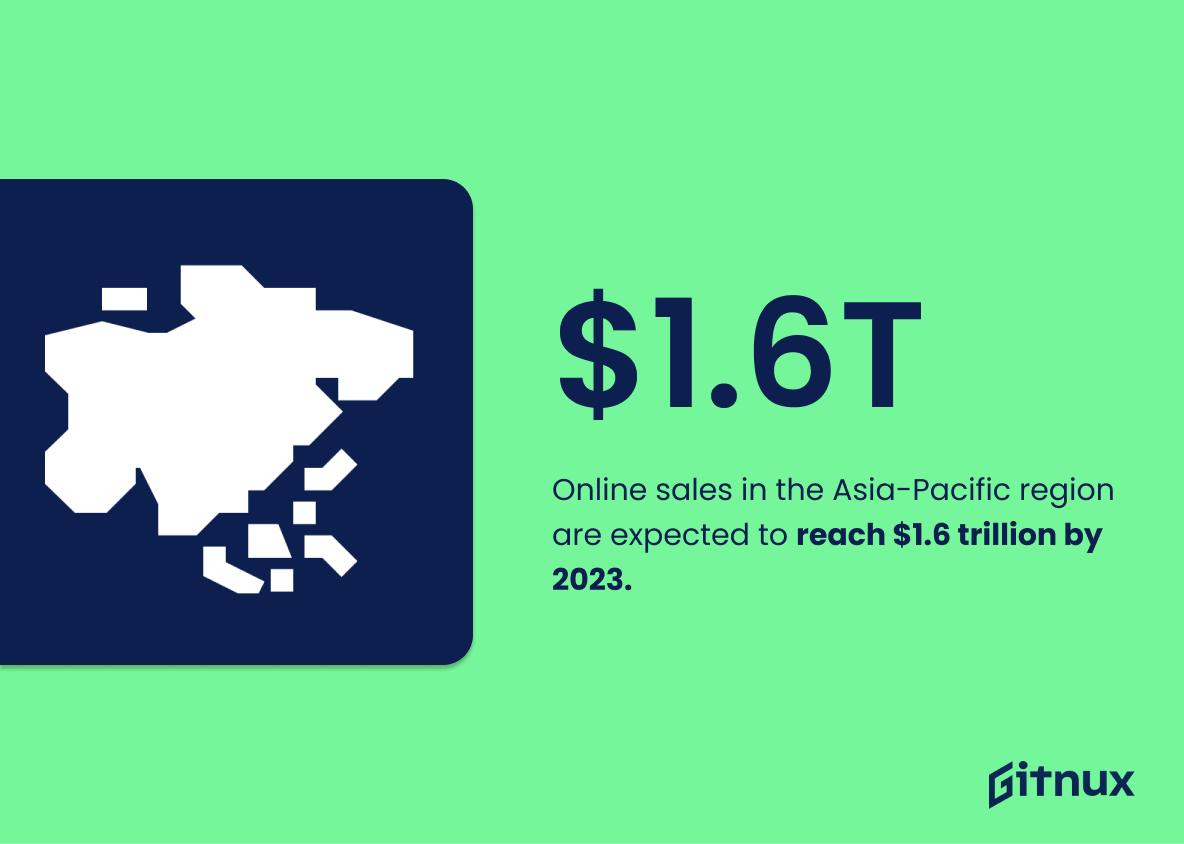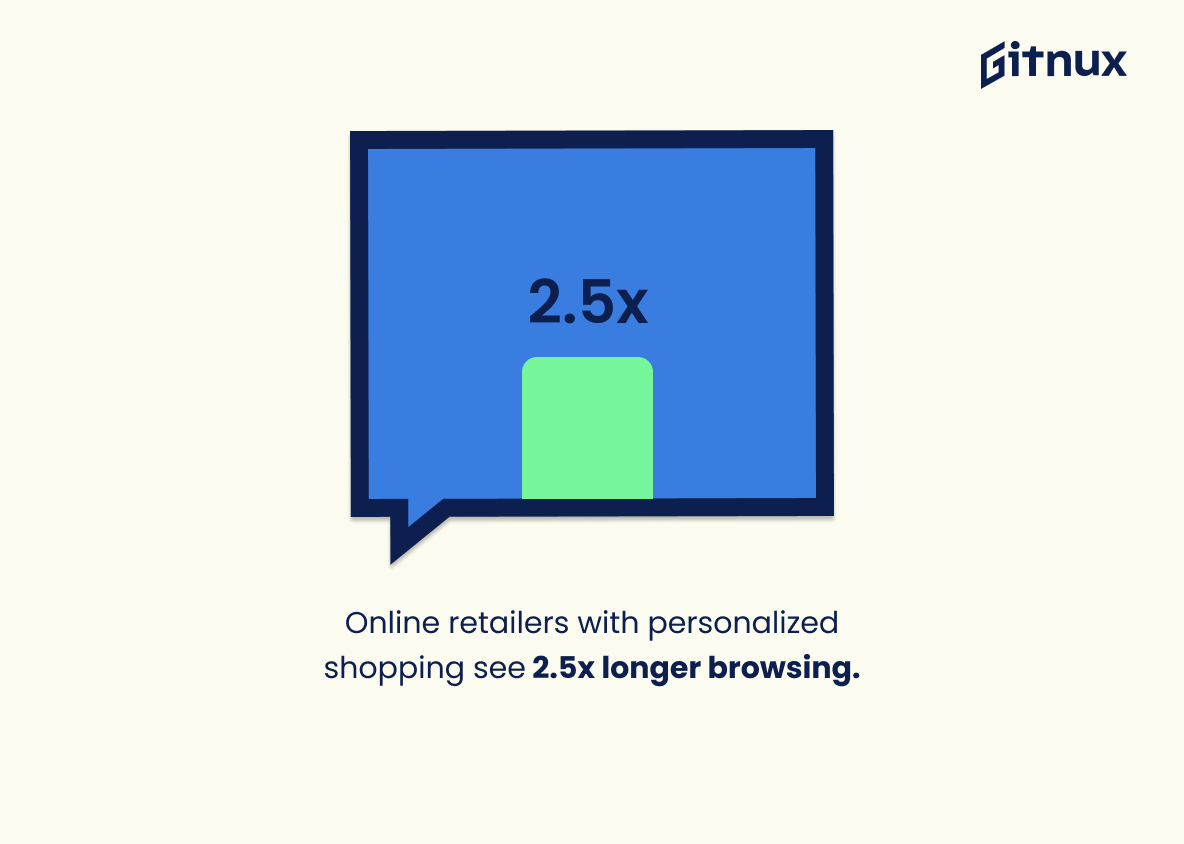The world of online sales is growing rapidly, with global e-commerce sales expected to reach $4.9 trillion in 2021 and account for 27.6% of total retail sales by 2023. Despite the convenience that comes with shopping online, there are still challenges such as a high cart abandonment rate (69.80%) and returns due to product descriptions not matching expectations (27%). To better understand how consumers shop online, it’s important to look at the statistics behind this industry – from why people choose to shop online (72% say it’s for convenience) and which platforms they use most often (62% said Amazon), all the way through to mobile commerce trends ($1.6 trillion in Asia Pacific region alone). With these insights into consumer behavior we can gain an understanding of what drives successful e-commerce businesses today – whether that be personalized experiences or reviews driving more browsing time – so you can make informed decisions about your own business strategy moving forward.
This statistic is a testament to the immense potential of online sales in 2021. It highlights the fact that the digital marketplace is growing at an unprecedented rate, and that businesses of all sizes should be taking advantage of this trend. With the right strategies and tools, businesses can capitalize on this opportunity to reach new customers and increase their revenue.
E-commerce sales are expected to account for 27.6% of total retail sales in 2023.
This statistic is a clear indication that e-commerce is on the rise and is expected to become a major player in the retail industry in the near future. It is a sign that businesses should be paying attention to the potential of online sales and the opportunities it presents. This statistic is a valuable insight for anyone looking to understand the current and future state of the retail industry.
Online Sales Statistics Overview
The global average cart abandonment rate is 69.80%.
This statistic is a stark reminder of the importance of optimizing the online shopping experience. With nearly 70% of shoppers abandoning their carts, it is clear that there is a need to address the issues that are causing customers to leave without completing their purchase. By understanding the causes of cart abandonment, businesses can take steps to reduce the rate and increase their online sales.
Around 60% of global consumers shop online more often due to COVID-19.
This statistic is a powerful indicator of the impact of COVID-19 on online shopping habits. It demonstrates that the pandemic has had a significant effect on consumer behavior, with more people turning to online shopping as a safe and convenient way to purchase goods. This statistic is important for any blog post about online sales statistics, as it provides insight into the current state of the market and how it has been affected by the pandemic.
B2B online sales are expected to reach $20.9 trillion by 2027.
This statistic is a testament to the immense potential of B2B online sales, indicating that the industry is set to experience tremendous growth in the coming years. It is a clear indication that businesses should be investing in online sales strategies to capitalize on this opportunity and stay ahead of the competition. This statistic is an invaluable resource for anyone looking to gain insight into the future of online sales.
Mobile e-commerce sales are expected to account for 73% of total online sales by the end of 2021.
This statistic is a clear indication of the growing importance of mobile e-commerce in the online sales landscape. By 2021, mobile e-commerce is projected to account for the majority of online sales, highlighting the need for businesses to prioritize mobile-friendly strategies in order to remain competitive. This statistic is a powerful reminder of the need to stay ahead of the curve when it comes to online sales.
62% of US online shoppers made a purchase on Amazon in 2021.
This statistic is a testament to the power of Amazon’s online presence. It shows that the majority of US online shoppers are turning to Amazon for their purchases, indicating that the company has become a major player in the online sales market. This statistic is an important indicator of the current state of online sales and provides valuable insight into the trends of the industry.
24% of small business owners in the US sell products or services online.
This statistic is a telling indication of the importance of online sales in the US small business landscape. It shows that a significant portion of small business owners are taking advantage of the opportunities that the internet provides to reach customers and increase their sales. This statistic is an important piece of information for anyone looking to understand the current state of online sales in the US.
The average online shopping cart value for all devices in 2020 was $143.78.
This statistic is a telling indication of the success of online shopping in 2020. It shows that customers were willing to spend more money on online purchases, which is a testament to the convenience and reliability of online shopping. This statistic is an important piece of information for anyone looking to understand the current state of online sales and the potential for growth in the future.
47% of online shoppers say they will abandon a purchase if they have to pay for shipping.
This statistic is a telling indication of the importance of free shipping in the online shopping experience. It demonstrates that customers are willing to forgo a purchase if they are required to pay for shipping, suggesting that free shipping is a major factor in the decision-making process for online shoppers. This is an important statistic to consider when discussing online sales, as it highlights the need for businesses to offer free shipping in order to maximize their sales.
27% of people return items purchased online because they didn’t match the product description.
This statistic is a telling indication of the importance of accurate product descriptions when it comes to online sales. It highlights the need for businesses to ensure that their product descriptions are as accurate and detailed as possible, as a significant portion of customers are returning items due to discrepancies between the product description and the actual product. This is a key factor to consider when it comes to online sales, as it can have a major impact on customer satisfaction and ultimately, sales.
35% of US consumers expect to get brand communication within 4 hours of making an online purchase.
This statistic is a telling indication of the importance of timely communication when it comes to online sales. It highlights the need for businesses to be responsive to their customers, as 35% of US consumers expect to receive brand communication within 4 hours of making an online purchase. This emphasizes the importance of providing customers with a positive experience, as timely communication can help to build trust and loyalty.
Online sales in the Asia-Pacific region are expected to reach $1.6 trillion by 2023.
This statistic is a testament to the immense potential of the Asia-Pacific region when it comes to online sales. With the projected growth of $1.6 trillion by 2023, it is clear that the region is set to become a major player in the global e-commerce market. This statistic is a reminder of the importance of staying ahead of the curve when it comes to online sales and the opportunities that exist in the Asia-Pacific region.
Online retailers that offer personalized shopping experiences saw 2.5x more browsing time compared to those who did not.
This statistic is a powerful indicator of the value of personalized shopping experiences. It shows that customers are more likely to spend more time browsing when they are presented with a tailored shopping experience. This suggests that online retailers should prioritize personalization in order to maximize customer engagement and ultimately increase sales.
An estimated 86% of e-commerce businesses use reviews to drive online sales.
This statistic is a powerful indicator of the importance of reviews in driving online sales. It shows that the vast majority of e-commerce businesses recognize the value of reviews in helping to boost their sales. This is an important point to consider when discussing online sales statistics, as it highlights the need for businesses to focus on customer feedback and reviews in order to maximize their sales.
Conclusion
The statistics presented in this blog post demonstrate the immense growth of online sales over recent years, and how they are expected to continue growing into the future. The data also highlights key trends that have emerged as a result of e-commerce’s rise, such as increased convenience for shoppers, higher cart abandonment rates due to shipping costs or product descriptions not matching expectations, and an increasing reliance on personalized shopping experiences. Furthermore, it is clear that Amazon has become a major player in the industry with 62% of US online shoppers making purchases through them. Finally, B2B e-commerce is projected to be worth $20.9 trillion by 2027 while mobile commerce will account for 73% of total online sales by 2021 – both figures indicating just how important digital retailing has become across all sectors worldwide.
References
0. – https://www.salecycle.com
1. – https://www.sbecouncil.org
2. – https://www.mytotalretail.com
3. – https://www.unido.org
4. – https://www.businessinsider.com
5. – https://www.risnews.com
6. – https://www.forrester.com
7. – https://www.revfine.com
8. – https://www.baymard.com
9. – https://www.emarketer.com
10. – https://www.convinceandconvert.com
11. – https://www.statista.com
12. – https://www.businesswire.com


